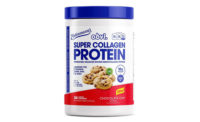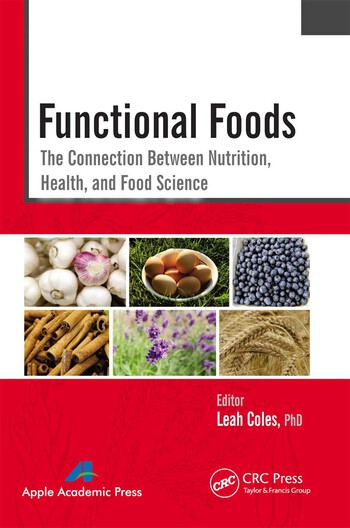Magnesium Shines in Functional Foods Market
Today's focus for foods fortified with magnesium is largely on whole food and natural food sources

Along with potassium, magnesium is arguably the hottest up-and-coming dietary mineral, recognized for its many health benefits, which continue to be elucidated, according to market research publisher Packaged Facts in the report Functional Foods: Key Trends & Developments in Ingredients.
While supplements will continue to be part of the equation and foods fortified with magnesium will likely increase in number, today's focus is largely on whole food and natural food sources. Packaged Facts anticipates this will result in product variants and base product line formulations containing foods naturally rich in magnesium highlighting the amount of this dietary mineral contained per serving in accordance with FDA regulations for nutrient content claims. It's expected that certain dairy products and milk and dairy substitutes, cereals, breads, baby food and food supplements, bars and beverages will be at the forefront of this trend.
Packaged Facts predicts that discussions about magnesium's benefits, largely relegated to product websites will over time result in more "good source" claims on packaging. Products that already contain added magnesium, such as ready-to-eat breakfast cereals and supplement bars and beverages are likely to be first to do so. Products that contain high levels of naturally occurring magnesium, including currently popular nuts and seeds, are good candidates for flagging magnesium content, with nut and seed spreads and butters, cereal bars and whole grain breads and crackers likely targets. Packaged Facts anticipates that increased label visibility for magnesium will cut across benefits and be found on products targeting bone health, cardiovascular health, cognitive and brain health as well as diabetes and blood glucose regulation.
"While magnesium, sometimes termed an 'orphan' mineral, has been quietly added to some breakfast cereals for decades to replace that lost in processing, we see this dietary mineral emerging as an important nutrient for promoting wellness that will experience a noteworthy increase in the number of processors and consumers seeking it out to help them avoid and improve a wide range of health issues," says David Sprinkle, research director, Packaged Facts.
A rough rule of thumb is that foods high in fiber are high in magnesium. Several magnesium-rich foods, including nuts, seeds, whole grains and legumes also happen to be getting a lot of attention these days for other nutrition and health benefits, such as being good sources of plant protein and fiber. Despite an abundance of magnesium in the food supply, reports of magnesium intake by U.S. adults range from 60% to 80% of the RDA. Magnesium intake reportedly declined from a high of 500 mg per day in 1900 to just 175 mg to 225 mg per day today, attributed to grain processing that removes the magnesium-rich bran and germ layers and to fast food menus that are typically deficient in magnesium-rich vegetables, whole grains and legumes. Americans obtaining magnesium from diet alone fail to obtain enough to promote optimal health whereas consumers who eat magnesium-rich foods and take supplements meet the established recommended intake level. There is also debate in the scientific community about whether the recommended level of magnesium intake is adequate.
Magnesium works in the body as a cofactor in more than 300 enzyme systems to regulate numerous biochemical reactions that include protein synthesis, muscle and nerve function, blood glucose regulation and blood pressure regulation. Magnesium is critical to vitamin D activity. It is the most important cofactor for vitamin D, and is responsible for converting it to its active form. It plays a role in the structural development of bone and in the active transport of calcium and potassium ions across cell membranes, which is important for nerve impulse conduction, muscle contraction and normal heart rhythm.
Consumers at greatest risk of magnesium deficiency are men ages 71 and older and adolescent girls. Others at risk include people with gastrointestinal disorders (e.g. Crohn's disease, celiac disease, gluten sensitivity and colitis), hyperthyroidism, kidney disease, insulin resistance and type 2 diabetes and older adults, generally.
Looking for a reprint of this article?
From high-res PDFs to custom plaques, order your copy today!







